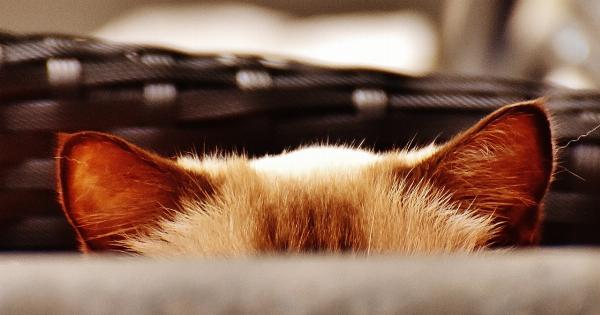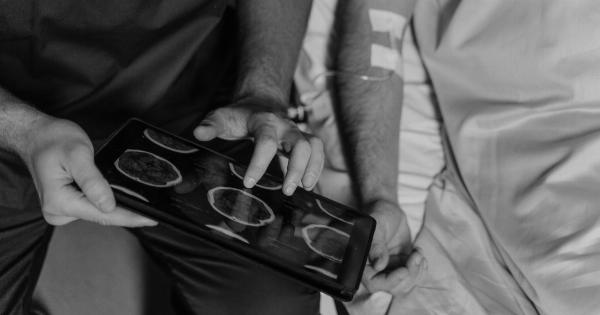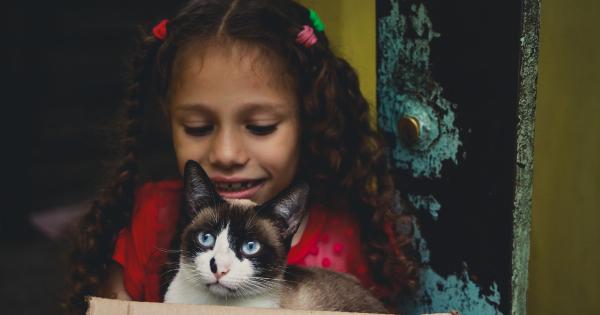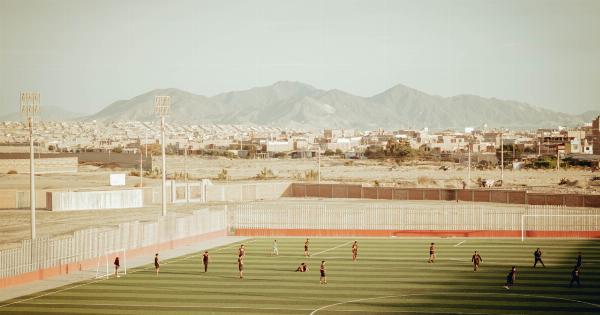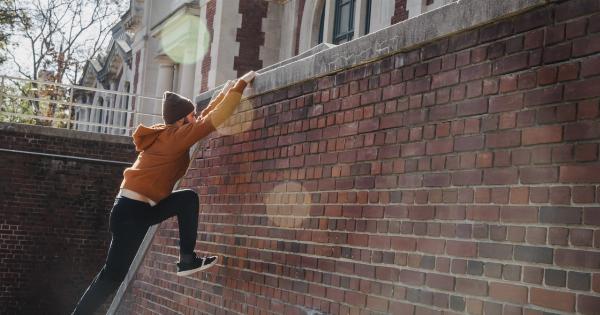A head injury in children can be a frightening experience for parents. Whether it’s a simple bump or a more severe trauma, it’s important to know how to manage such injuries properly.
By following the appropriate steps, you can ensure the safety and well-being of your child. This article will guide you through the process of managing head injuries in children, from recognizing symptoms to seeking medical help.
Recognize the Symptoms
After a child experiences a head injury, it’s crucial to be vigilant in recognizing any potential symptoms that may indicate a more serious condition. Common symptoms of head injuries in children include:.
- Loss of consciousness
- Severe headache
- Confusion or disorientation
- Dizziness or balance problems
- Nausea or vomiting
- Difficulty speaking or slurred speech
- Changes in behavior or mood
- Seizures
- Inability to move limbs
Pay close attention to any changes in your child’s behavior or physical condition. If your child exhibits any of these symptoms, seek immediate medical attention.
Immediate First Aid
While waiting for medical help to arrive, there are a few things you can do to provide immediate first aid to your child with a head injury:.
- Keep your child calm and reassure them that help is on the way.
- Apply a cold compress or ice pack wrapped in a cloth to the injured area to minimize swelling.
- Do not attempt to clean the wound if it is bleeding.
- If your child loses consciousness, monitor their breathing and be prepared to administer CPR if necessary.
Remember that the purpose of first aid is to stabilize the situation until medical professionals can take over. Do not attempt any further treatment without proper medical guidance.
Seek Medical Attention
Even if the initial injury seems minor, it’s important to seek medical attention for any head injury in children. Concussions and other brain injuries can have delayed symptoms that may require prompt medical intervention.
A healthcare professional will be able to properly assess the severity of the injury and provide appropriate advice and treatment.
If your child experiences any of the following, seek immediate medical attention:.
- Loss of consciousness for more than a few seconds
- Seizures
- Repeated vomiting
- Unequal pupil size
- Severe headache that worsens
- Clear fluid draining from the nose or ears
Be prepared to provide the healthcare professional with information about the injury, including when and how it occurred, as well as any symptoms your child has experienced.
Diagnostic Tests and Evaluation
Based on the severity of the head injury, the healthcare professional may order diagnostic tests to further evaluate your child’s condition. Some common tests and evaluations include:.
- Neurological examination to assess brain function
- Imaging tests such as X-rays, CT scans, or MRIs to check for any internal injuries or bleeding
- Mental status testing to determine cognitive function
- Blood tests to rule out any underlying conditions or infections
These tests and evaluations will help the healthcare professional determine the appropriate treatment plan for your child.
Treatment and Recovery
The treatment and recovery process for head injuries in children can vary depending on the severity and nature of the injury. Some general guidelines include:.
- Rest and restricted physical activity to allow the brain to heal
- Pain management with over-the-counter pain relievers recommended by the healthcare professional
- Monitoring for any changes in symptoms or new symptoms that may arise
- Follow-up appointments with the healthcare professional to assess progress and ensure proper healing
- Gradual return to normal activities under the guidance of the healthcare professional
It’s crucial to follow the healthcare professional’s advice and recommendations to ensure a safe and speedy recovery for your child.
Prevention Tips
Preventing head injuries in children is always better than managing them after they occur. Here are some essential prevention tips:.
- Ensure your child wears appropriate protective gear during activities such as biking, skating, or participating in contact sports.
- Childproof your home to minimize the risk of falls and accidents.
- Teach your child about safety measures, such as looking both ways before crossing the street.
- Supervise your child during playtime and provide age-appropriate toys and equipment.
- Encourage safe behavior and discourage risky activities.
Conclusion
Managing head injuries in children requires awareness, prompt action, and appropriate medical attention. By recognizing the symptoms, providing immediate first aid, and seeking medical help, you can ensure the well-being and recovery of your child.
Additionally, taking preventive measures can significantly reduce the risk of head injuries in the first place. Always prioritize your child’s safety and consult with healthcare professionals for proper diagnosis, treatment, and guidance.











